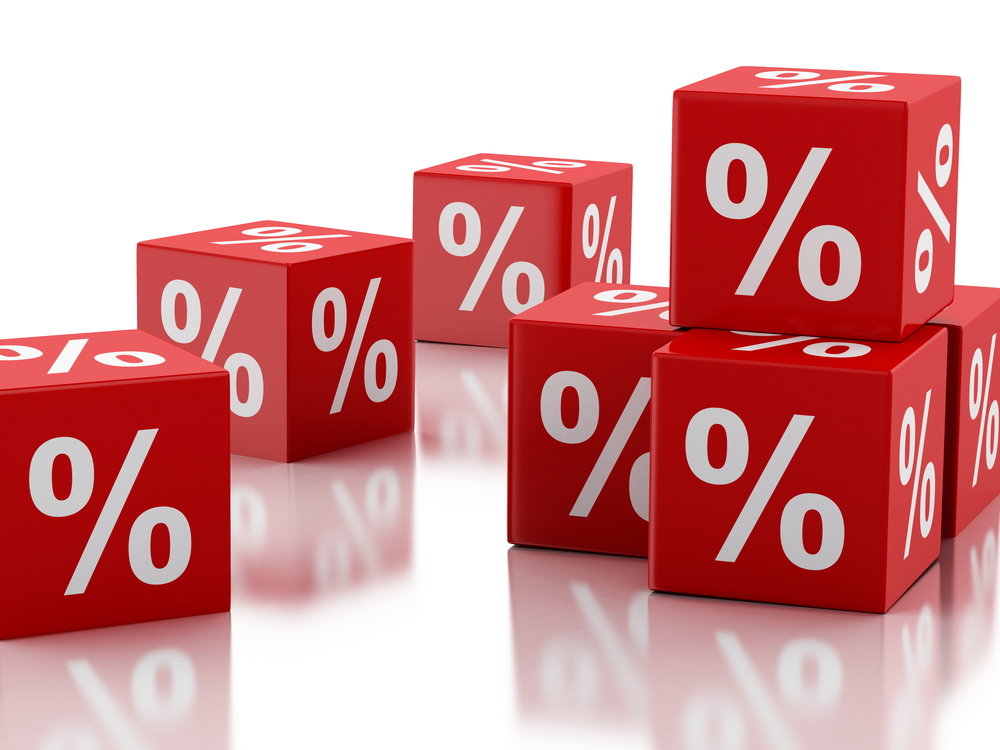 Mortgage costs went up last month despite interest rates falling to a new record low.
Mortgage costs went up last month despite interest rates falling to a new record low.
To help boost growth the Bank of England cut interest rates in August from 0.50% to 0.25% – the lowest on record and the first interest rate cut since 2009 when the financial crisis was at its peak.
It was widely expected that this cut would prompt mortgage lenders to reduce their rates accordingly. However, research from Moneyfacts.co.uk has found that the average two-year tracker rate has increased by 0.07% in just one month to 2.01%.
This effectively means rates are back to July’s figure, cancelling out any effect from the base rate cut.
The average two-year tracker rate was 2.01% in July, which then rose to 2.13% in August. After the base rate cut there was a drop in the average rate to 1.94% in September, but this was short-lived with average rates since returning to 2.01%.
Charlotte Nelson, finance expert at Moneyfacts, said: “This increase to the average two-year tracker rate reflects the uncertainty in the market. Providers are facing heightened risks as a result of the wider economic issues such as house price stability and a potential increase to the inflation rate, which may affect household expenditure. This has likely made the low level seen in September unsustainable.
“With the fixed rate mortgage market highly competitive and lenders preferring to lock borrowers in for a longer term, there is no wriggle room to increase rates in this area. So, the variable rate market is an easy target for increased rates.”




